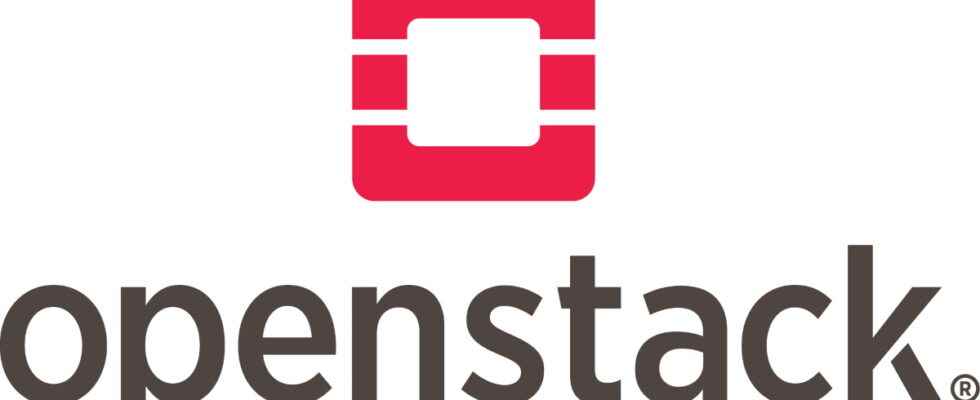A common misconception in some cloud circles is that OpenStack, the open-source infrastructure-as-a-service (IaaS) cloud, is in decline. Nothing could be further from the truth. It is alive and well and growing rapidly. According to the “2022 OpenStack User Survey”, OpenStack now has more than 40 million production cores. Or, in other words, it’s grown 60% since 2021 and jumped 166% since 2020. Not bad for a so-called dying man, right?
Not only in the telecom sector, where OpenStack has become the backbone of large telephone operators. But also with large companies, such as the Japanese instant messaging service LINE, the financial management services company on demand and in the cloud Workday, or Yahoo. And finally with many other companies, much smaller, who have also bet on OpenStack to secure their future in the field of the cloud.
Why ? The reasons are many. As Jonathan Bryce, Executive Director of the Open Infrastructure Foundation (OpenInfra Foundation), OpenStack’s parent organization, explained, “OpenStack supports the ever-changing world of infrastructure where we now have GPUs, FPGAs, smart NICs and smart storage. At the same time, you can still get direct access to the underlying hardware.” This, in turn, allows “OpenStack users to create such amazing things as cloud-based workloads in the telco cloud industry that can do video transcoding in edge-computing mode. Thanks to this, people can watch 4K videos on their smartphones using 5G.”
The power of the Kubernetes / OpenStack couple
Another reason for OpenStack’s growing popularity is its Kubernetes integration.
Thanks to Linux OpenStack Kubernetes Infrastructure (LOKI), Kubernetes is now deployed on more than 85% of OpenStack deployments. In addition, Magnum, OpenStack’s container orchestration service, is also gaining popularity. 21% of users use it to run production workloads. Still, Kubernetes remains the top choice. 73% of users rely on classic Kubernetes, while 12% use Kubernetes through Red Hat’s Kubernetes OpenShift distribution.
Red Hat is also a supporter of OpenStack. As Maria Bracho, Head of Product Management at Red Hat, points out, “Over the past two years, more and more customers are using OpenStack and OpenShift together in different deployment models. At Red Hat, we’ve done a ton of work to make sure these platforms can be used together, so that users are no longer faced with a decision between one platform or the other, but rather can choose freely and securely. trust the configuration where their current and future workloads are best served.”
Kubernetes is also very useful with hybrid clouds. And OpenStack is often used in hybrid clouds. In fact, 80% of OpenStack users deploy it in hybrid clouds. To facilitate the creation of hybrid clouds, operators are turning to Octavia, an open source load balancing program. Today, almost 50% of OpenStack deployments use Octavia.
“The hype is nice, but the stuff is tough, and as OpenStack deployments continue to grow in staggering numbers. The OpenStack community proves that it is not only alive and healthy, but that it also brings indisputable value to organizations,” summarizes Thierry Carrez, CEO of the OpenInfra Foundation.
Source: ZDNet.com
